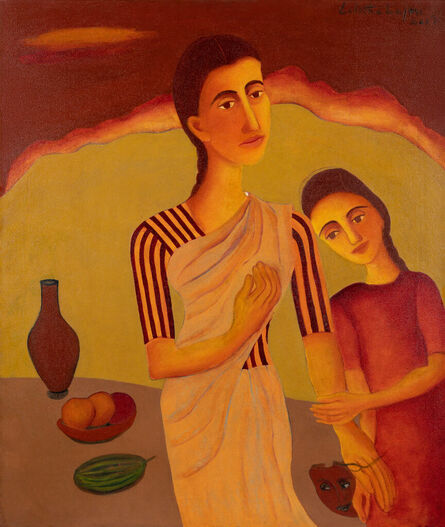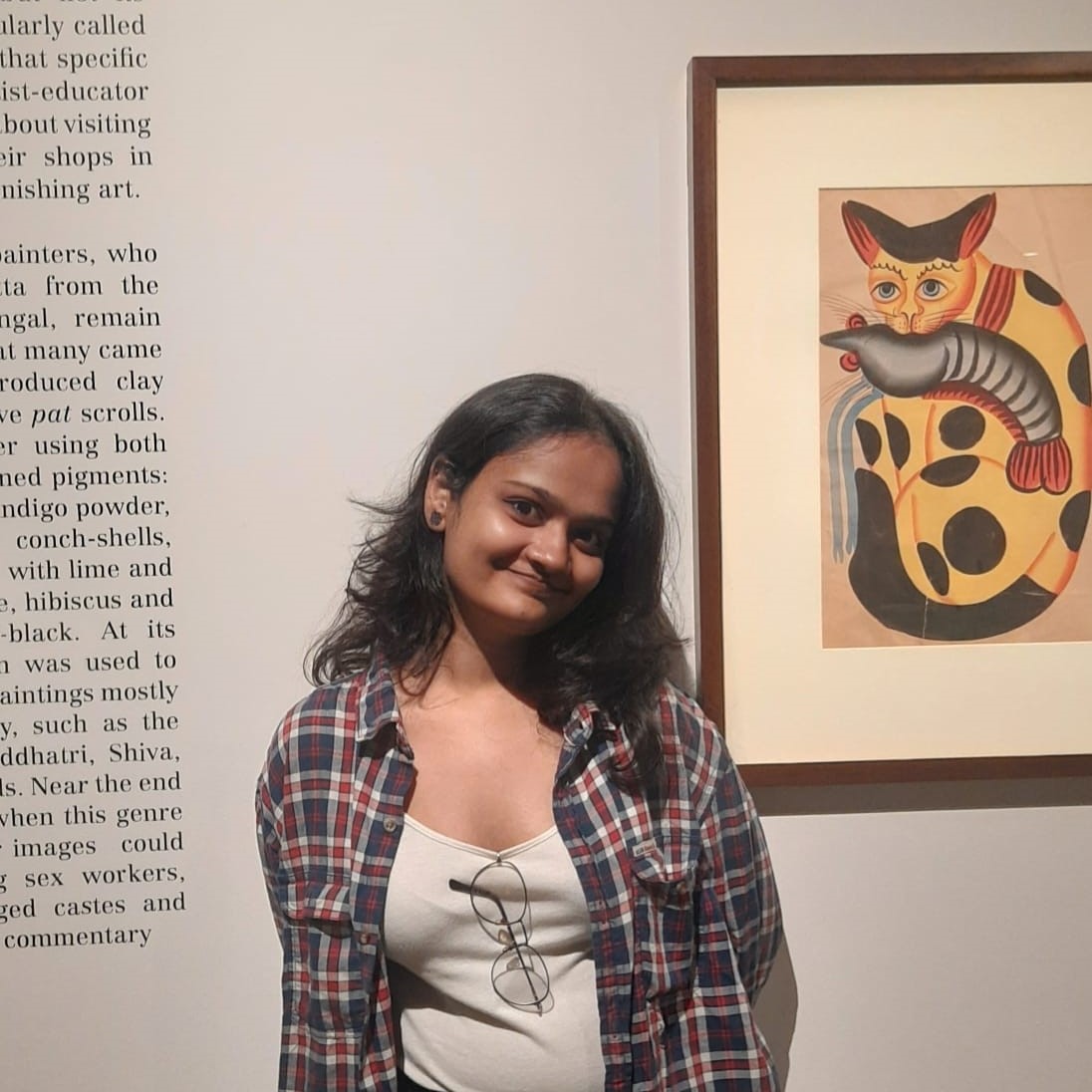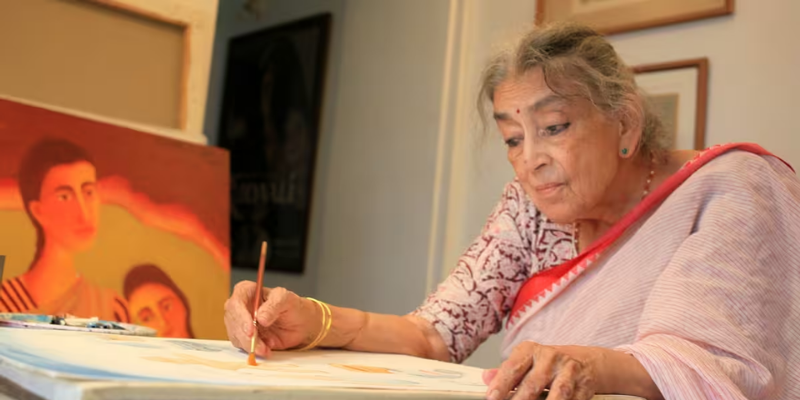17th October 2023. ON THIS DAY.
“I started doing masks subconsciously. My masks were humane, with feelings and emotions, unlike the decorative kind …in my works, I have done not only masks but performances – inspired by cinema, theatre, and real life.”
– Lalita Lajmi
The history of Indian art took a huge leap when a young girl was handed over a box of paints by her uncle. Little did they know, that this simple gift would help emerge one of the most notable artists in India, now famously known as Lalita Lajmi. However, arts were not something foreign to young Lajmi, coming from a family of artists – mother being a polylingual writer and father a poet – she was naturally interested in arts, specifically classical dance, from an early age. She started painting in the 60s but according to her, her artworks cultivated a true sense of individuality since the 70s.
Born on this day, 17th October 1932, Lajmi was introduced to painting by her uncle B.B. Benegal who was a commercial artist in Kolkata. Initially a self-taught artist, Lajmi held her first solo exhibition in 1961, in the Jehangir Art Gallery. For two decades forth, she taught at Campion School and Convent of Jesus & Mary, while continuing her endeavours as an artist. She later also completed her master’s at Sir J.J. School of Art.

Her sensibilities emerged as a child from an artistic family. With renowned director Guru Dutt being her brother, it is no surprise that she derives inspiration from cinema. Movies by Guru Dutt, Satyajit Ray and Raj Kapoor were special inspirations to her. She also starred in the 2007 movie Taare Zameen Par, and worked as a graphic artist in the 1985 movie Aghaat. Her inspiration from films can be seen in her artworks, especially the theme of “performance” that is ever so eminently present in her art. Performance not just in terms of arts but also everyday life.
It was in the mid-80s and ’90s that her artworks grew into oil paintings, watercolours and etchings. Her early works are said to be autobiographical and melancholic whereas her late works are said to be more focused on the dialogues between men and women. Her other themes included relationships and bonds between women, and images of women as Durga/Kali on top of kneeling men as a form of “vinashini”.

Her works in the 70s are especially remarkable as they display the existential fears of Lajmi in the form of her artwork. This was done after she had her dreams psychoanalysed. In a pool of women depicted from the perspective of male artists, Lalitha Lajmi was one of the very few female voices that covered unfiltered emotions. The women of Lalita Lajmi showed strength and assertion as did her paintings.
Some of Lajmi’s group exhibitions include A SYCO, The Viewing Room, Mumbai, Think Small, art Alive Gallery, New Delhi, The Feminine Eye, and Gallery Sara Arakkal, Bangalore. In her lifetime Lajmi won several awards and accolades including the GOI Junior Fellowship 1979-83, the ICCR Travel Grant to East and West Germany for two exhibitions in ‘83, and many more. Lajmi passed away in February of his year, as the oldest woman artist in India. Her art continues to be a significant part of Indian art history and an inspiration for up-and-comers all over the country.

References:
- Wikipedia
- JNAF
- Hindustan Times: Lalitha Lajmi A view into her Soul
- Prinseps: An Interview with Lalitha Lajmi
Read Also:

Vaishnavi Srivastava is a learning writer, a keen researcher and a literature enthusiast. She is a Sub-editor at Abir Pothi.





